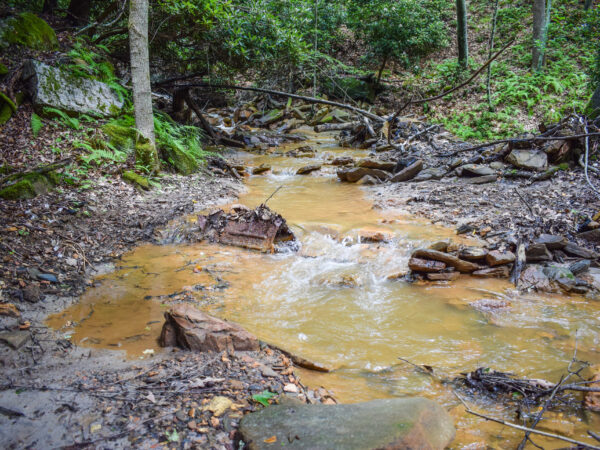
From GLB Chief MEG: Earlier this week, our Chicago Correspondent Gary Wilson took a closer look at new national regulations banning microplastics and their impact on the Great Lakes. Today, we interview a researcher about how microplastics break down in water and how they affect wildlife over time.
Trying to find out more about the impact of microplastics on the Great Lakes? One Detroit-based researcher says he was trying to do just that, and discovered there were no labs in Michigan with the proper technology to give him an answer. He had to seek out a national lab outside the Great Lakes Region to get the information he needed.
He says that’s just one of the problems with trying to cut down on the use of microplastics by trying to prove their damaging effect on water.
NOAA defines microplastics as “small plastic pieces less than 5 millimeters long which can be harmful to our ocean and aquatic life”. The word plastic is defined like this: “a material consisting of a wide range of synthetic or semi-synthetic organic compounds that are molded into solid objects.”
Senior Environmental Engineer with Environmental Resources Group’s Matthew Germane says about 90 percent of the litter in the Great Lakes is caused by plastics. And it takes 500 to 1000 years for those plastics to break down.
As greatlakesnow.org’s Gary Wilson pointed out in this week’s article called “Plastic Plagues the Great Lakes,” 22 million pounds of plastic flow to the Great Lakes each year.
Germane tells Great Lakes Now scientists are racing against the clock to try to find ways to save the Great Lakes from pollution caused by plastics, but he says the public isn’t doing enough to help.
In this interview, Germane compared the way a city like Dresden, Germany recycles plastic to the way a city like Detroit, Michigan does it.
The difference is astounding.
Germane says regulations involving microplastics that are closer to the kind some European countries have could make a huge difference for the future of the Great Lakes.
But what are the effects of plastics and microplastics on the Great Lakes?
I talked with Germane at the No Spills Conference in Traverse City:




